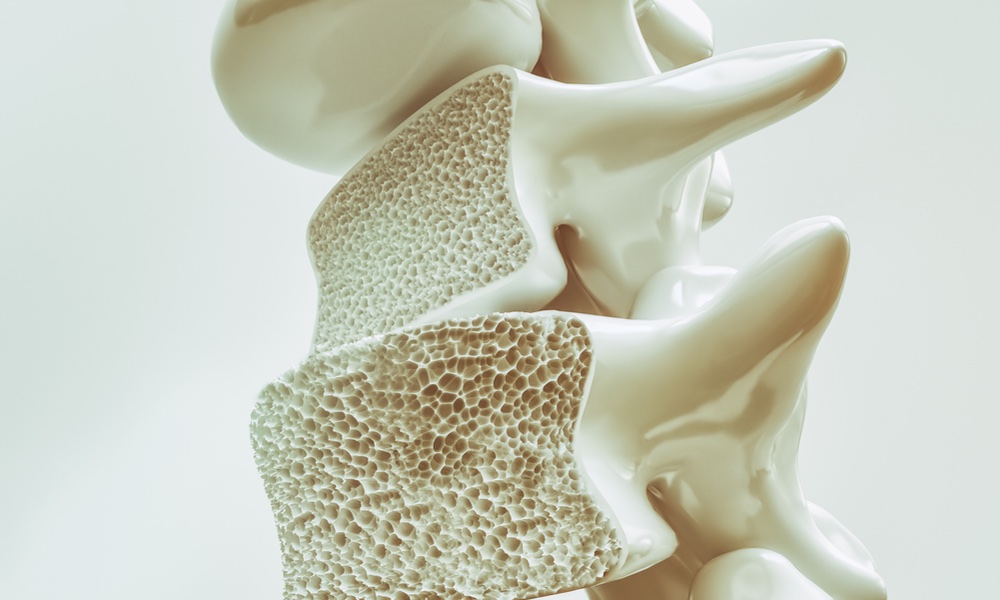Postmenopausal women have long been known to be at higher risk for osteoporosis, though men’s bones also thin with age.
A study exploring the connection between air pollution and bone mineral density in postmenopausal women has found that not only does air pollution negatively affect women’s bones, certain kinds of air pollution have a greater impact on bone density than others.
Nitrogen oxides in the air appear to be especially damaging to the bones of the spine, producing roughly twice the bone thinning from aging alone.
Scientists at Columbia University Mailman School of Public Health analyzed data collected through the Women’s Health Initiative study, based on an ethnically diverse of over 160,000 postmenopausal women. Using women’s home addresses, they came up with an estimate of the amount and types of air pollution (PM10, NO, NO2 and SO2) to which a woman was likely to be exposed.
Participants’ whole-body, total hip, femoral, neck and lumbar spine bone mineral density or BMD were measured at the time of their enrollment and at follow-ups at year one, year three and year six using dual-energy X-ray absorptiometry — better known as a DEXA scan.Nitrogen oxides in the air appear to be especially damaging to the bones of the spine, producing roughly twice the bone thinning seen from aging alone.
Nitrogen oxides were found to have huge effects on the bone density of the lumbar spine, a part of the spine that is frequently the site of back problems. Nitrogen oxides’ reduction of bone density on the bones evaluated was nearly double the annual effects of age. The bone loss is believed to be the result of bone cell death from oxidative damage as well as other mechanisms.
“Our findings confirm that poor air quality may be a risk factor for bone loss, independent of socioeconomic or demographic factors. For the first time, we have evidence that nitrogen oxides, in particular, are a major contributor to bone damage and that the lumbar spine is one of the most susceptible sites of this damage,” the study’s first author, Diddier Prada, an associate research scientist in the Department of Environmental Health Sciences at Columbia Mailman School of Public Health, said in a statement.
Car and truck exhaust is a major source of nitrogen oxides, as are the emissions from electrical power generation plants. Gas stoves emit them, too.
“Improvements in air pollution exposure, particularly nitrogen oxides, will reduce bone damage in postmenopausal women, prevent bone fractures, and reduce the health cost burden associated with osteoporosis among postmenopausal women,” said the study’s lead author, Andrea Baccarelli, chair of the Department of Environmental Health Sciences at Columbia Mailman School of Public Health.
The study is published in eClinicalMedicine.





